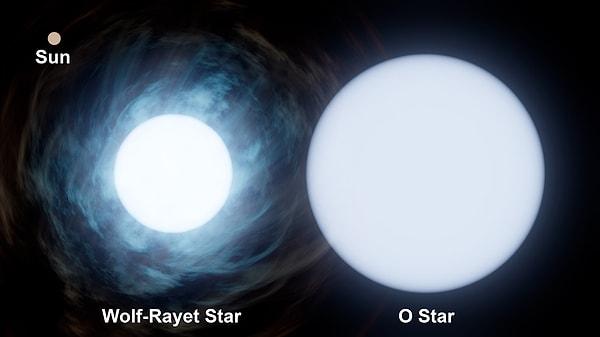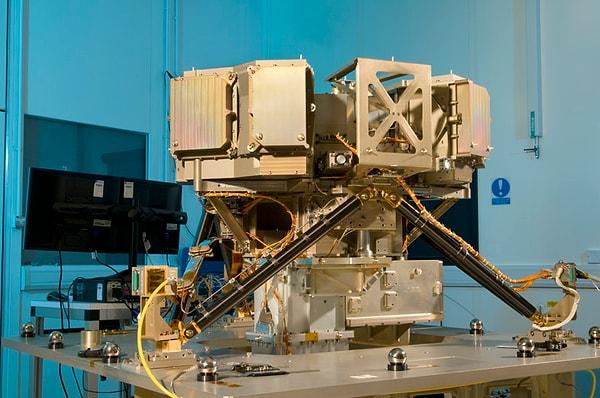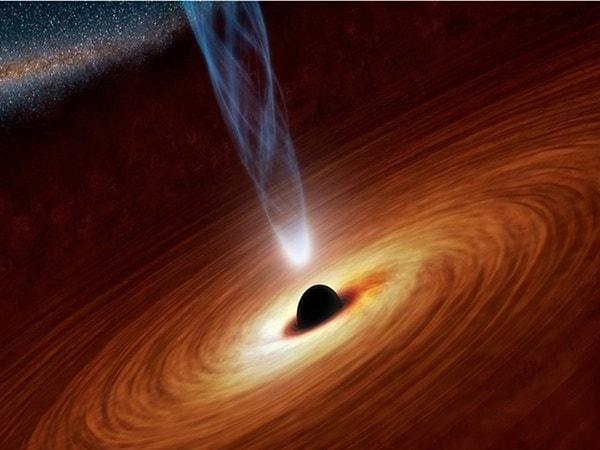James Webb Telescope Captures Space ‘Fingerprint’ Formed By Two Stars
A new image released by NASA shows several space dust rings that were created by two giant stars and formed a fingerprint-like shape.

This image, which was captured by NASA’s James Webb Telescope, displayed a marvelous sight of cosmic beauty that emanated from twin stars named the Wolf-Rayet 140. The space rings, which were products of the two stars, are actually over 5,000 light years away from our planet. When the twin stars approached each other, their stellar breezes collided, condensing the gas and forming space dust. Their orbits fuse them together, and they start to form a shape resembling a tree's trunk.
'We're looking at over a century of dust production from this system,' said Ryan Lau, an astronomer at the National Science Foundation's NOIRLab and lead author of a new study concerning Wolf-Rayet 140. 'The image also illustrates just how sensitive this telescope is.'
This marvelous occurrence happens every eight years, making it possible for us to calculate the passage of time.
'The shells of dust are formed each time the stars reach a point in their orbit where they are closest to each other and their stellar winds interact,' he said.
'The even spacing between the shells indicates that dust formation events are occurring like clockwork, once in each eight-year orbit. In this case, the 17 shells can be counted like tree rings, showing more than 130 years of dust formation,' he added.
In essence, each of the 17 rings represents a single starry meeting, just as each ring formed by a tree represents a year in the life of the plant. Indeed, the recursive loops of these magnificent stellar bodies really do resemble the interior of a tree trunk, exemplifying that everything we perceive is part of the same universe.

The discovery was made possible by the JWST's Mid-Infrared Instrument (MIRI). The Mid- Infrared Instrument is interested in light emitted by spacefaring objects in the mid-infrared part of the electromagnetic spectrum.
Generally, the JWST's Near-Infrared device provides the majority of our stunning cosmic pictures, however when it comes to examining outer space dust rings, NASA turns to MIRI. The space agency claims that this aspect of the JWST is merely suited to find chilly objects, such as wispy hoops, and even excels in revealing their structure.

The Webb Telescope's Mid-Infrared Instrument, developed by both NASA and the European Space Agency, 'is uniquely suited to analyze the space rings,' according to NASA. The MIRI also brought to light the composition of the dust shells, which had been primarily formed by the Wolf-Rayet 140.
Keşfet ile ziyaret ettiğin tüm kategorileri tek akışta gör!


Send Comment